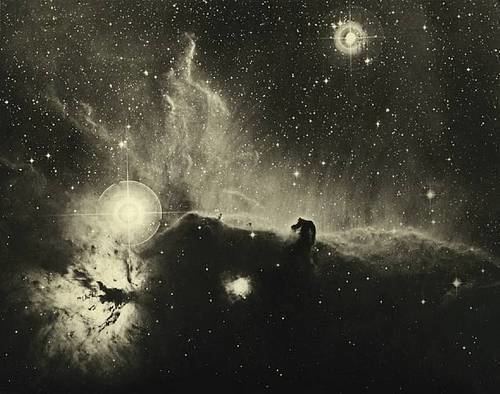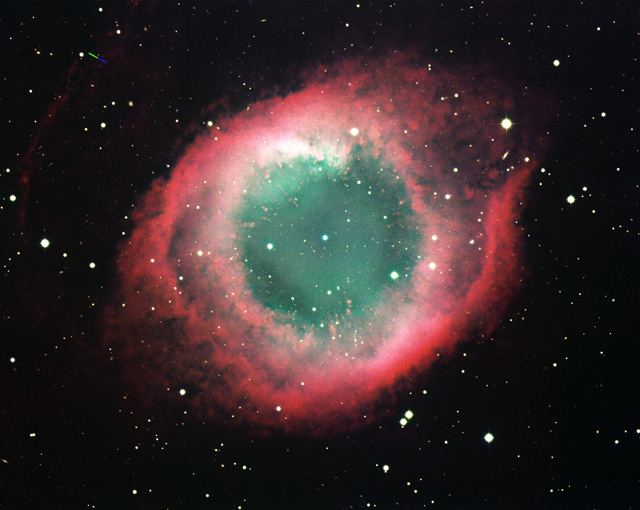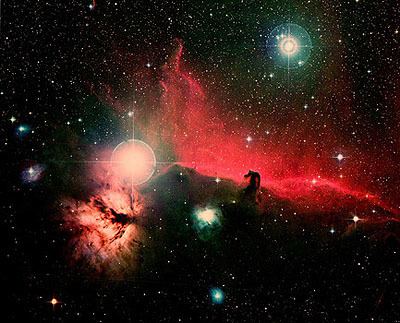Name David Malin Role Astronomer | ||
 | ||
Books Ancient Light, The Invisible Universe, A View of the Universe, View of the Universe: Postcard, Treasures of the Southern | ||
David malin astronomy in australia
David F. Malin (born 28 March 1941) is a British-Australian astronomer and photographer. He is principally known for his spectacular colour images of astronomical objects. A galaxy is named after him, Malin 1, which he discovered in 1986 and which is the largest spiral galaxy so far discovered.
Contents
- David malin astronomy in australia
- Space timelapse and long exposure photography with matthew vandeputte david malin awards finalist
- Career
- Awards
- Selected publications
- References
Space timelapse and long exposure photography with matthew vandeputte david malin awards finalist
Career
Malin was born in 1941 and raised in Heywood, Greater Manchester, in the north of England. He was trained as a chemist and originally worked as a microscopist. In 1975 he moved to Sydney to take up a job with the Anglo-Australian Observatory (AAO), now the Australian Astronomical Observatory.

Whilst working at the AAO, Malin developed several photographic processing techniques to maximise the ability to extract faint and low contrast detail from the non-linear response and high densities of photographic plates.

These techniques were initially devised to enhance the scientific return from photography, but Malin is now best known for the series of three-colour wide field images of deep space objects which have been widely published as posters and in books around the world. Most professional astronomical photographs are monochromatic, if colour pictures are required, three images are needed. During his career at the AAO, Malin made about 150 three-colour images of deep sky objects, mostly using the 4-metre (160 in) Anglo-Australian Telescope and plates from the 1.2-metre (47 in) UK Schmidt Telescope.

The true-colour images are assembled from three separate monochromatic photographs taken through red, green and blue filters. Each photographic plate is a special black and white emulsion designed for low light conditions and is further enhanced for low light sensitivity by baking in a nitrogen and hydrogen atmosphere. The exposure times are relatively long, varying between 5–60 minutes for each colour, depending on the luminosity of the object. The colour image is re-assembled in the darkroom, where further techniques such as unsharp masking to enhance fine detail might also be applied.
In 1986 he discovered Malin 1, a giant spiral galaxy located 1.19 billion light-years (366 Mpc) away in the constellation Coma Berenices, near the North Galactic Pole. As of February 2015 it is the largest spiral galaxy so far discovered, with an approximate diameter of 650,000 light-years (200,000 pc), six and a half times the diameter of our Milky Way galaxy.
Since the early 1990s, silver-based astrophotography has been largely superseded by CCD imaging techniques. Although CCDs are much more sensitive than photographic plates, they are rarely able to cover the large field of view required to capture most nebulae and nearer galaxies.
Malin has published over 250 academic papers on the Astrophysics Data System (ADS) and ten books.
In 2001 he retired from the AAO to concentrate on his own business, David Malin Images, which manages his image collection along with those of related photographers.
